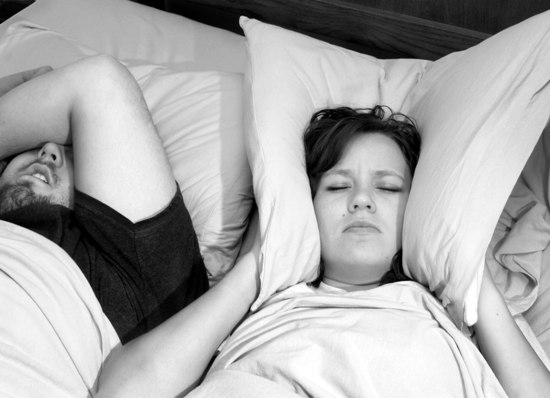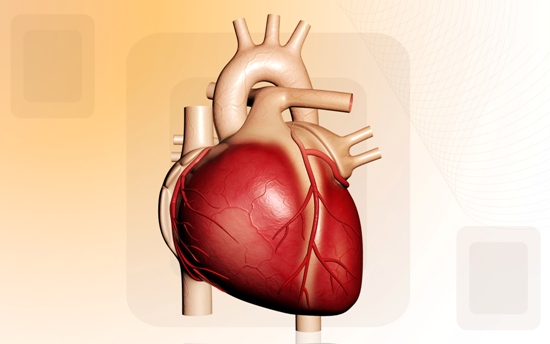Snoring and sleep disorder is called sleep apnea. Sleep apnea means cessation of breath. It creates a lot of problems and sometimes disturbs your sleep. Many people are victim of this disease as now almost everyone sleeps late at night, gets up late in morning and sleeps in the day during the weekend. So it is important to know how we can save ourselves from this disease and what are the risks.
Types of Sleep Apnea
1. Obstructive sleep apnea
This is the most common type of sleep apnea. It occurs when the soft tissue in throat relax while sleeping, causing a blockage of the airway and loud snoring.
2. Central sleep apnea
This is a lesser common type of sleep apnea as it involves the central nervous system. It occurs when the brain fails to signal the muscles that control breathing. People with central sleep apnea snore.
3. Complex sleep apnea
This includes both obstructive sleep apnea and central sleep apnea.
Symptoms of Sleep Apnea
1. Loud and chronic snoring choking, snorting, or gasping during sleep
2. Long pauses in breathing
3. Waking up with a dry mouth or sore throat
4. Morning headaches
5. Restless or fitful sleep
6. Insomnia or going to the bathroom frequently during the night
7. Waking up feeling out of breath
8. Moodiness, irritability, or depression
Sleep Apnea Risk Factors
1. Excess weight: Fat deposits around upper airway may close your nose and you may face breathing problems .Not everyone who has sleep apnea is overweight and thinner people develop this disorder, too.
2. High blood pressure: (Hypertension) This condition is more common in people with hypertension.
3. Being male: Men are at a greater risk of sleep apnea. On the other hand , women increase their risk if they’re overweight, and the risk also rises after menopause.
4. Being older: This condition occurs two to three times more often in people who are older than 65 years.
5. Smoking: Smokers are at a bigger risk of obstructive sleep apnea than non smokers. Smoking increases the amount of inflammation in the upper airway.
6. Neck circumference: If the neck circumference is more than 17 inches, then there is an increased risk of obstructive sleep apnea. That’s because a thick neck may narrow the airway and may be an indication of excess weight.
7. Enlarged tonsil tissues in throats: This can increase risk of sleep apnea in children. Overweight children also may be at an increased risk for this condition.
8. Family history: If there is a family member with sleep apnea then you may be at an increased risk.
9. Heart disorders: People with heart failure are more at risk of central sleep apnea.
10. A narrowed airway: Someone may have a narrow throat, tonsils or adenoids which can block the airway, causing apnea.
11. Prolonged sitting: Long periods of daytime sitting shifts fluids from the legs. When you recline at night, it results in narrow airway passages, increasing the risk of obstructive sleep apnea.
12. Stroke or brain tumor: These diseases can decrease the brain’s ability to regulate breathing. Due to a breathing problem, you can face sleeping problems and this may increase the risk of sleep apnea.
13. Use of alcohol, sedatives: Beer, wine and sedatives can block the muscles in throat and may create problems in breathing.
Treatment for Sleep Apnea
This is a curable and preventable disease.
1. Lose weight: Weight loss can open throat and save you from sleep apnea.
2. Quit smoking and drinking: Smoking and drinking contribute to sleep apnea by increasing inflammation in your throat and upper airways.
3. Don’t take sleeping pills: Avoid sleeping pills, sedatives, caffeine, especially before going to bed.
5. Maintain regular sleep hours: Use a proper and good sleeping schedule as it helps to relax and sleep better. Apnea decreases when we get plenty of sleep.







